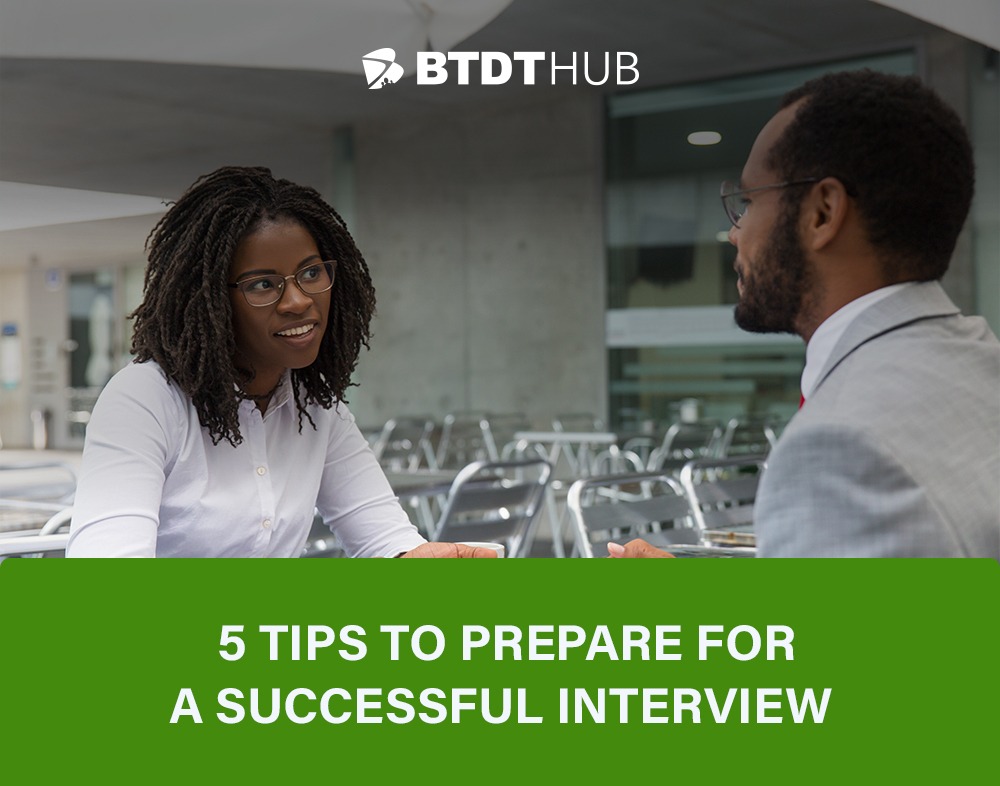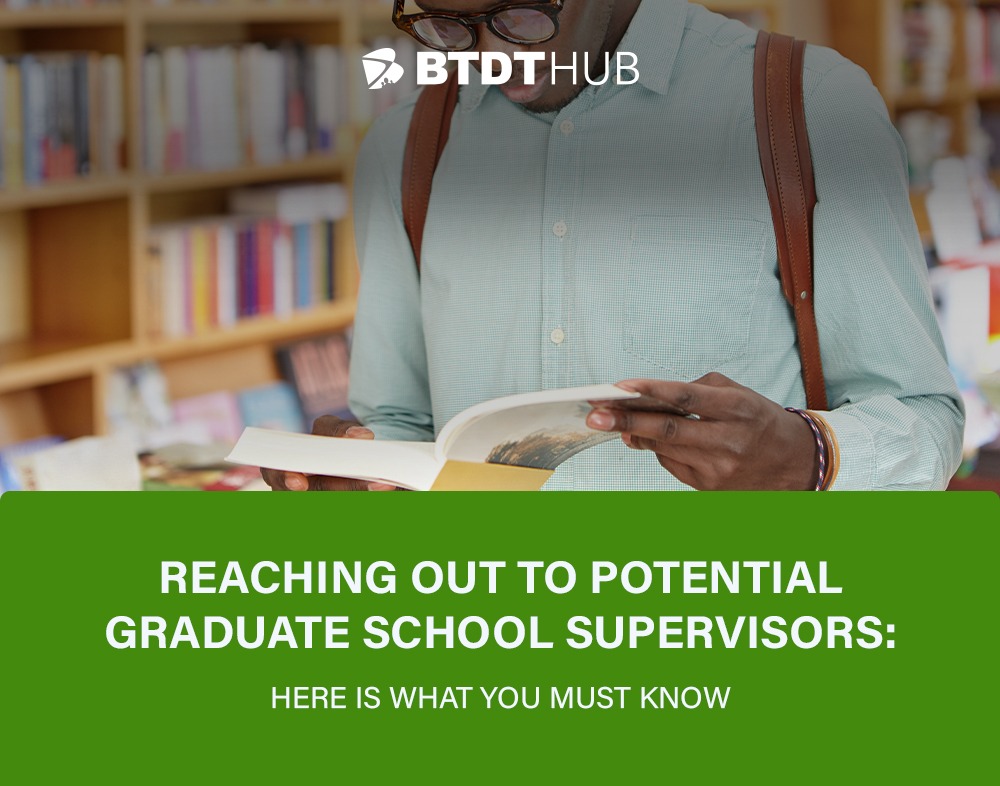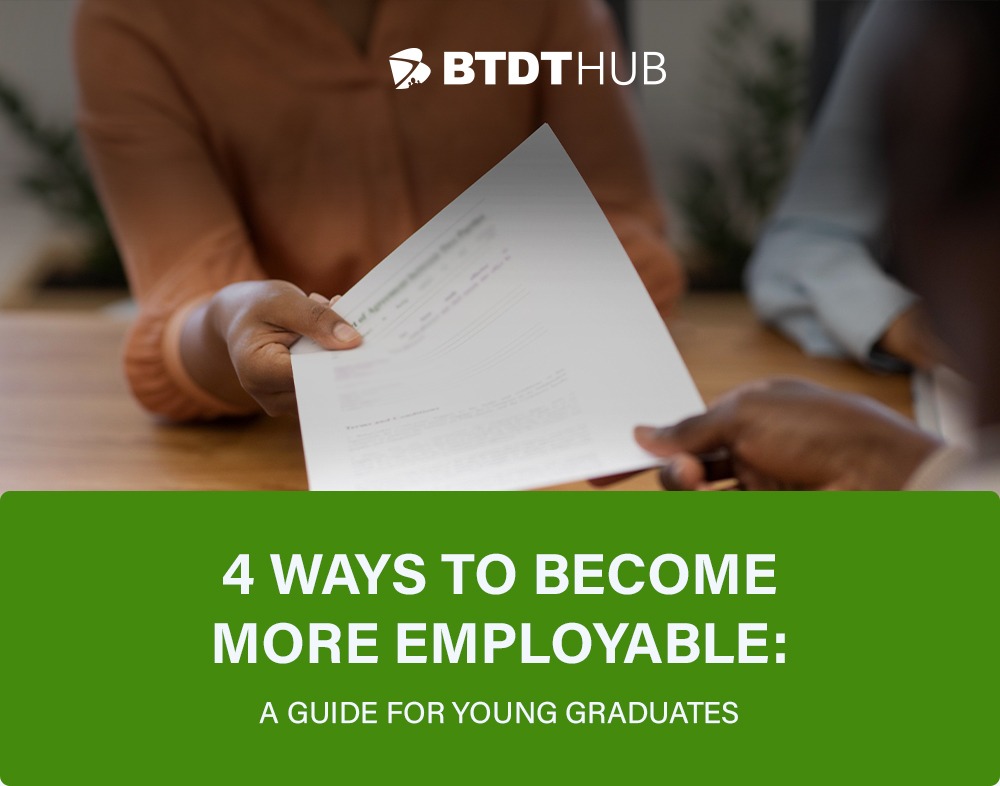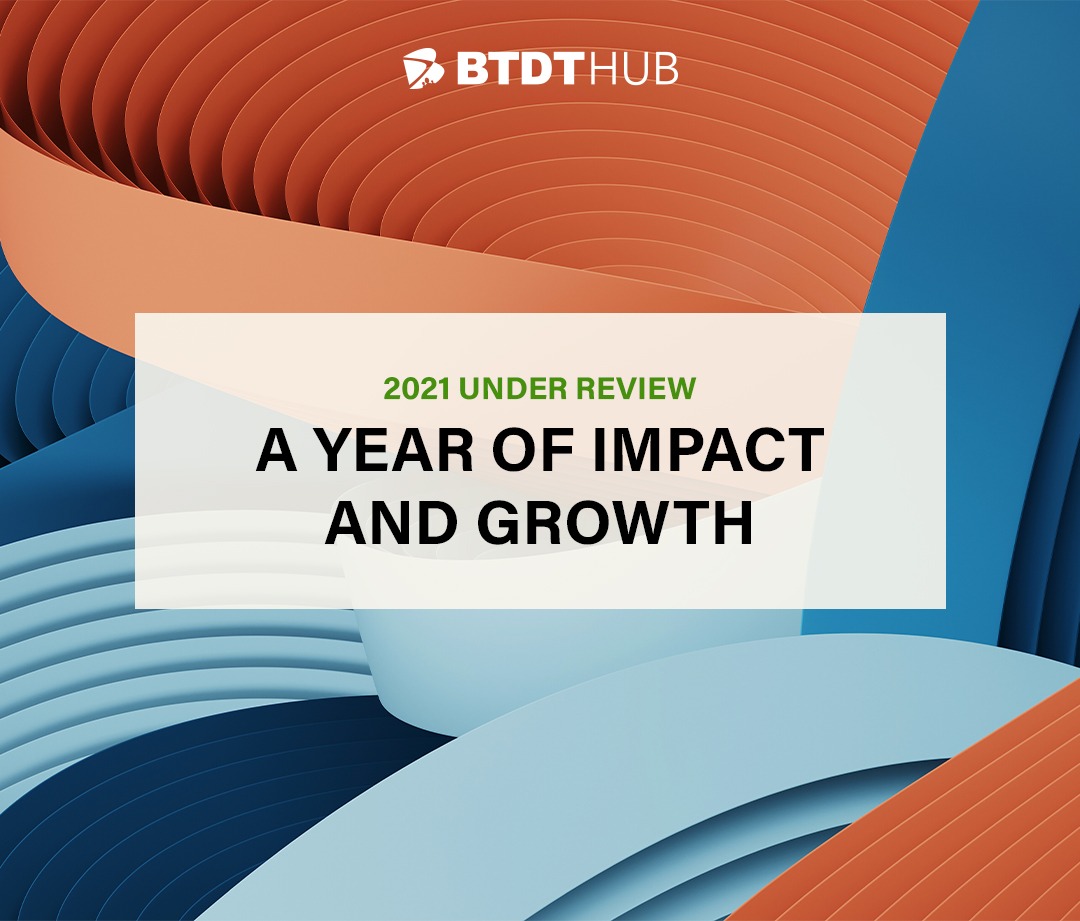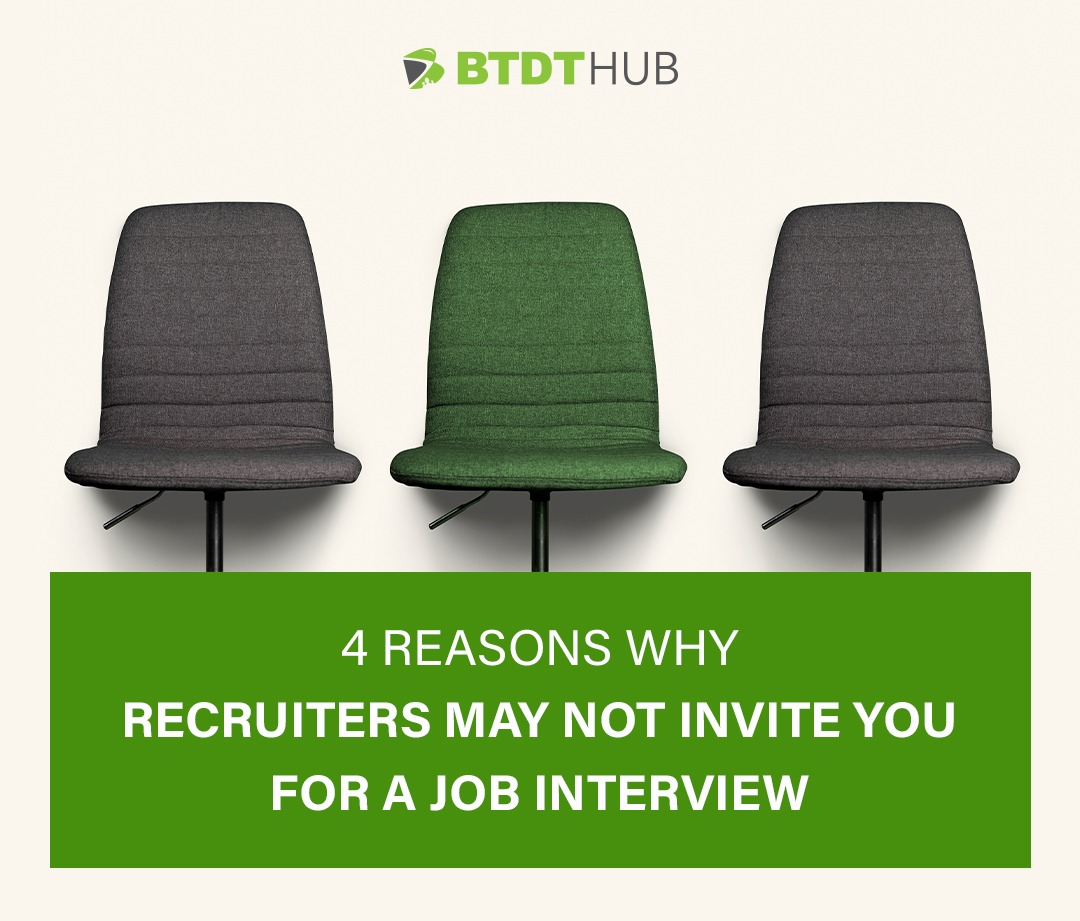
Young people from developing nations generally desire to study abroad, especially at graduate levels (PGD, MA/MSc./MBA/LL.M, and PhD). Year-in and year-out, the numbers keep rising as more students troop into developed countries to further their studies.
Statistics have shown that the USA, Canada, and the UK are arguably the top destinations for students. However, the process of securing admission abroad requires perseverance, attention to detail, and being intentional.
If you desire to secure postgraduate admission for study abroad programmes in Europe (especially the UK and Ireland) or North America (especially the USA and Canada), this article is definitely for you. You will gain valuable knowledge about the steps you need to take to make this dream a reality.
1. Get your Undergraduate Transcript
The transcript is one of the most important documents for your graduate school application. This document provides a detailed record of the title of courses taken at the undergraduate level, the course units, the duration of the courses, and the mark/grade awarded by the examiner.
While the official copy of the transcript is required for admission consideration, some graduate schools allow applicants to submit personal copies for admission consideration, and the official copies will be requested upon offer of admission. However, it is recommended that international students explore options of credential evaluation, which converts foreign academic credits or degrees to their equivalencies in the target country. The credential evaluation also verifies the authenticity of the academic documents and institution status, thus offering some form of guarantee to applicants and target institutions.
2. Prepare an Academic CV
Many graduate school applicants make the mistake of submitting their regular work CVs for admission applications.
As a rule, you must take your time to carefully craft an academic CV that showcases your academic excellence and accomplishments. Your academic CV should help you convince the admissions committee that you are a capable graduate student with the brainpower and zeal to undertake the selected program. Learn more: Mistakes to Avoid When Writing Your CV.
3. Draft a winning Statement of Purpose (SOP), Motivation letter, or Personal Statement
The admissions committee is often interested in the motivation for selecting the program and institution. The committee aims to identify your strength and suitability for the program through your SOP.
A statement of purpose simply answers the “Whys, Whats, and Hows” that the admissions committee may have lingering in their mind. For instance, why did you choose the program and course, and how does the program align with your long-term objectives? It is therefore important to carefully draft this essay to portray the best image of yourself. Learn more: How to Write an Outstanding Statement of Purpose
4. Reach Out to Potential Recommenders
Finally, you need to contact credible recommenders to attest to your qualifications and skills. Different programs have various stipulations for recommendation letters, but most programs require at least two recommendation letters – generally from lecturers/research supervisors and employers/managers. Your recommendation letter should highlight the knowledge and skills that position you as a suitable candidate for the target program. Therefore, do not request recommendation letters from people who do not know you well to vouch for your academic and work experience. You should also provide relevant information to your recommenders, such as your CV, along with a list of your academic achievements and extracurricular activities. Take Action! Start reaching out to your lecturers, supervisors, and managers today!
5. Apply Early
It is recommended that you submit your application early to avoid potential last-minute problems. For instance, the Fall academic session usually begins around September, but the application deadline might be around February. Therefore, it would benefit you to submit your application way ahead of that time. Likewise, the application deadline for the winter academic session typically falls around September/October. Be sure to check with your University to confirm application deadlines.
Conclusion
Your study abroad dream is valid if you put your best foot forward. If you desire to study in Canada, the UK, the USA, or Ireland, we can help you achieve your study abroad goal. We have dedicated advisors who are available to guide you through the admission and visa application processes.
Reach out to our study abroad advisors to help you with advisory services at STUDYABROAD@BTDTHUB.COM

